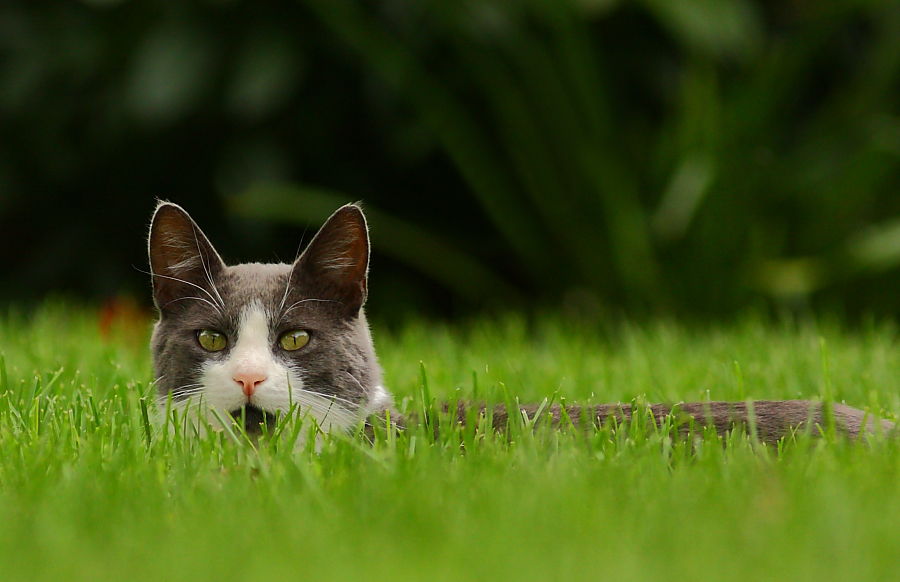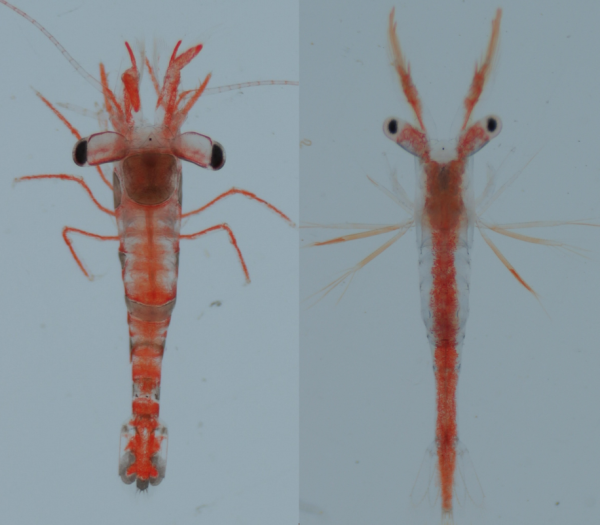RWU’s feline friends
Sam Croteau
Herald Contributor
Most students at Roger Williams University are familiar with the presence of multiple cats roaming around the college campus. But most aren’t aware that there were once 100 cats that lived on RWU grounds.
Today, there are currently only 11 feral cats living on campus, a good sign for the university. And yes, each cat has a name: Psycho, Bandit, Oliver, Sophie, Hendricks, Corona, Quito, Shadow, Ace, Bay, and Colby.
In 2006, many cats lived around the university, having kittens and begging students for food outside the dining hall. Back then, the university banned people from feeding or helping the cats. Despite the university’s efforts, this rule did not help the concerning issue.
Determined to fix the growing cat problem, a group of volunteers emerged at this time. The cats found on campus were all humanely trapped, spayed and neutered, vaccinated, and then released back to their homes on campus.
The cats are monitored by representatives from PawsWatch Cat Rescue in Newport, Rhode Island who train and guide RWU volunteer students on how to care for the cats daily. These volunteers also collect donations to help provide the cats with necessities. There is a donation box located in the RWU Law School as well as an Amazon Wish list open for donations. The university also provides some financial resources towards the cats’ care.
The cats are regularly trapped if they need vaccinations or medical care. In addition, each cat is marked with an ear tip to verify that they are fixed. If a new cat shows up on campus that is not ear-tipped, they are also trapped and marked. This helps the volunteers maintain the cat population.
“They are monitored daily to make sure everyone is healthy and they are fed,” said Kirstie Massingill, a RWU 2012 alumna and member of The Feral Cats of Roger Williams Facebook group.
Massingill said all the cats on campus are feral, meaning that they are not comfortable with human contact but rely on humans for food and care. Their caretakers are the only humans they will go near, and only at feeding time.
“The first cat on campus I saw was black and white and walking around outside the Marine and Natural Sciences building. As soon as I got within five or six feet of it, he bolted,” said freshman Olivia Pelzar.
“Over the years, we have lost many cats, mostly just due to natural causes,” Massingill added.
Due to the drop in cat population, a sighting on campus can be rare.
“Despite being here for two semesters now, I still have yet to see one cat!” first-year student Abby Maclean said.
The entire point of the feral cat program is to naturally reduce the population and prevent new cats.
“One huge key to this is education of the current student body,” Massingill said. “It is against university policy to have pets besides fish in university housing, and abandonment of an animal is a crime in the state of Rhode Island. We work closely with Bristol Animal Control and turn over all information we have about abandoned animals for prosecution.”






